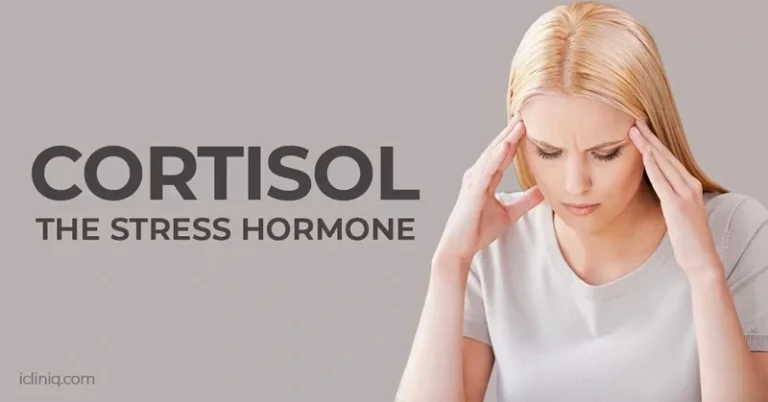Everything About Arthritis: Causes, Symptoms, and an In-Depth Guide to Treatment
Today, for those interested in health, I want to share everything about arthritis. Many people suffer from arthritis, but I believe not many are well-informed about its causes, symptoms, and treatment methods. Therefore, I’ve decided to create an in-depth guide on arthritis. Let’s explore how to maintain healthy joints together!

Basic Understanding of Arthritis: Definition and Classification
Arthritis is a chronic condition characterized by inflammation in the joints. Joints are parts of the body where two or more bones connect, allowing movement. Arthritis causes inflammation in these joints, leading to pain and swelling. There are various types of arthritis, including rheumatoid arthritis, osteoarthritis, and finger arthritis.
Main Causes of Arthritis
Arthritis can be caused by various factors. The most common causes include age and genetic factors. Additionally, trauma, excessive exercise, obesity, and stress can also lead to arthritis. Excessive stress on the hip joints, in particular, is a significant factor in causing arthritis.
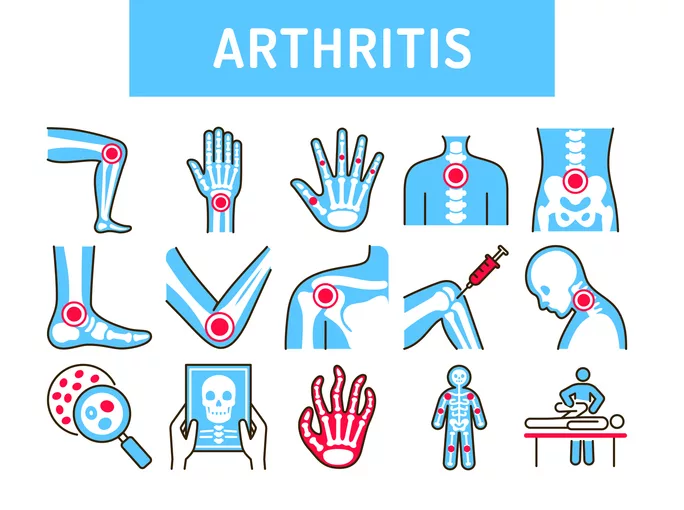
Different Types of Arthritis and Their Characteristics
Arthritis is classified into several types. The main types include rheumatoid arthritis, osteoarthritis, and finger arthritis. Rheumatoid arthritis causes systemic inflammation, while osteoarthritis leads to the destruction of bone and changes in soft tissue, causing inflammation. Finger arthritis is a condition that causes inflammation in the finger joints, primarily leading to pain and deformation.
Common Symptoms of Arthritis
Arthritis can accompany various symptoms. The main symptoms include joint pain, swelling, stiffness, and limited movement. Additionally, systemic symptoms such as fatigue, fever, and weight loss can also occur.
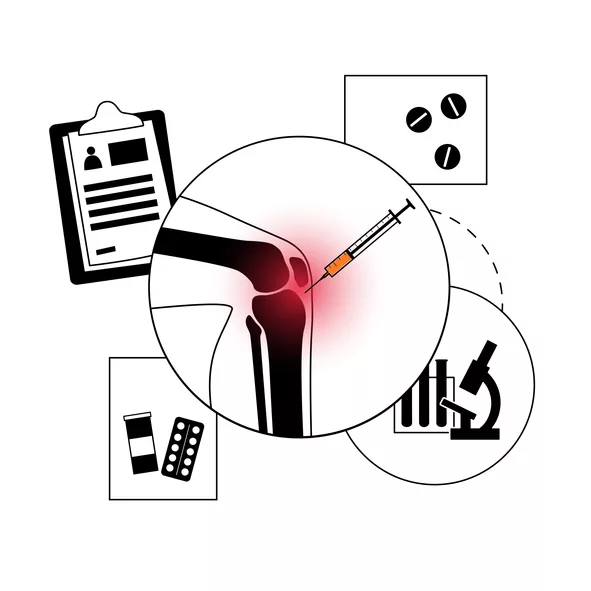
Diagnosis of Arthritis: Procedures and Necessary Tests
The diagnosis of arthritis is made through medical consultation and necessary tests. Doctors listen to patients’ symptoms and examine the joints to check for inflammation. Blood tests, joint fluid tests, and imaging tests such as X-rays are conducted for accurate diagnosis.
Traditional Arthritis Treatment Methods: Medication and Physical Therapy
Traditional arthritis treatment methods include medication and physical therapy. Medication is used to relieve pain and suppress inflammation, with non-steroidal anti-inflammatory drugs, muscle relaxants, and anti-rheumatic drugs being used. Physical therapy helps restore joint function and relieve pain through exercise therapy, electrotherapy, and heat therapy.
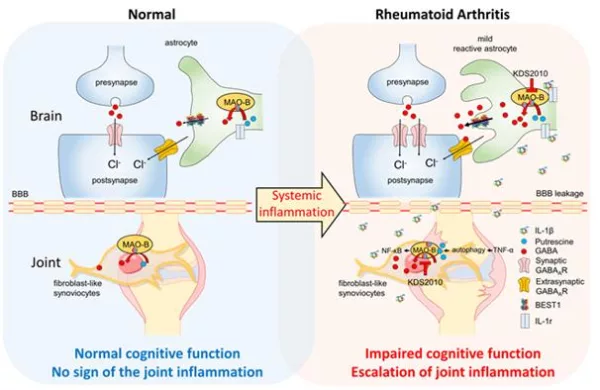
Surgical Treatment Options and Deciding When to Opt for Surgery
Some patients may not find sufficient relief with traditional treatment methods. In such cases, surgical treatment options should be considered. Surgical options include joint resection, joint replacement, and joint fusion, which are decided based on the patient’s condition and the progression of the disease.
The Role of Alternative and Complementary Therapies
Alternative and complementary therapies also play an important role in arthritis treatment. Alternative therapies include traditional medicine, natural remedies, and massage, which can be used alongside medication. Complementary therapies include taking supplements, weight management, and stress management.
Management in Daily Life: Diet and Exercise
Daily management is also crucial in treating arthritis. It’s beneficial to control diet to lose weight and limit salt and saturated fats. Maintaining muscle strength and flexibility through appropriate exercise is also important. Joint stretching and resistance exercises can help in arthritis treatment.
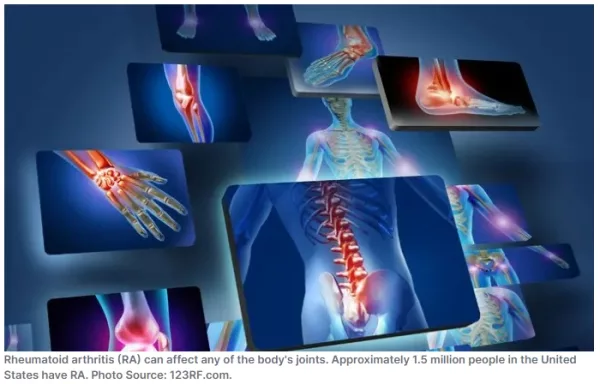
Long-term Management and Prevention Strategies: Maintaining Joint Health
Arthritis is a chronic condition that requires long-term management and prevention. Consistent treatment and daily management are necessary to maintain joint health. In addition to exercise and diet control, stress management and regular health check-ups are also important prevention strategies.
Maintaining a Healthy Lifestyle
- Exercise: Regular exercise helps maintain joint flexibility and strengthen muscles. Low-impact exercises such as swimming or walking are beneficial.
- Consulting a Physical Therapist or Occupational Therapist: Seek expert guidance to learn suitable exercise methods for arthritis.
- Maintaining a Healthy Diet: Consume foods that reduce inflammation and support joint health. A balanced diet including fish rich in omega-3 fatty acids, fresh fruits, and vegetables is recommended.
- Maintaining a Healthy Weight: Weight management is important for reducing stress on the joints.
- Stress Management: Stress can exacerbate arthritis symptoms, so manage stress through relaxation techniques such as meditation or yoga.
- Adapting Wisely to Daily Activities: Adjust daily activities to avoid strain on the joints. For example, use joint-friendly methods when lifting heavy objects.
Additional Tips
- Adequate Sleep: Good sleep helps with pain management and reduces fatigue.
- Nutrition Intake: Consume essential nutrients for joint health.
- Appropriate Physical Therapy: Consult with experts to find suitable physical therapy methods for arthritis.

By practicing these lifestyle tips, you can reduce discomfort caused by arthritis and lead a healthier and more active life. 🌈 Start implementing them one by one for joint health!

